New Delhi, Feb 8 (V7N) – The Aam Aadmi Party (AAP), which has held power in Delhi for the past decade, is facing a dramatic downfall as the Bharatiya Janata Party (BJP) edges closer to capturing the capital after 26 years. According to a report by IndiaToday at around 1:30 PM on Saturday, BJP and its alliance candidates are leading in 48 seats, while AAP trails with leads in just 23 seats. The Congress party, once dominant in Delhi, is facing a potential third consecutive defeat without securing a single seat.
The shocking election results have seen AAP leaders, including party chief Arvind Kejriwal and senior members Manish Sisodia, Ramesh Bidhuri, and Sandeep Dixit, losing their respective constituencies. However, Delhi Chief Minister Atishi Marlena managed to secure a victory from the Kalkaji constituency, providing a rare bright spot for the struggling party.
While celebrations erupted at BJP’s Delhi headquarters, the mood at the AAP office was somber, reflecting the party's sharp decline from its dominant position in previous elections. Exit polls had already hinted at the BJP's resurgence, but the scale of AAP's losses has surprised many.
Political analysts attribute the BJP's apparent victory to a combination of three key strategies: a strong anti-corruption narrative, effective alliance-building, and the active involvement of the Rashtriya Swayamsevak Sangh (RSS). Central to the BJP's campaign was the leadership of Prime Minister Narendra Modi, whose influence is believed to have been instrumental in swaying voters.
AAP’s rise to power was swift and remarkable. In the 2015 Delhi Assembly elections, the party won a staggering 67 out of 70 seats, riding on a wave of anti-corruption sentiment and promises of governance reform. However, a combination of internal challenges, corruption allegations, and shifting political dynamics now seems to have brought the party to the brink of collapse.
As final results are awaited, all eyes remain on how this political shift will reshape governance in Delhi and impact the broader national political landscape.
END/MSS/AJ



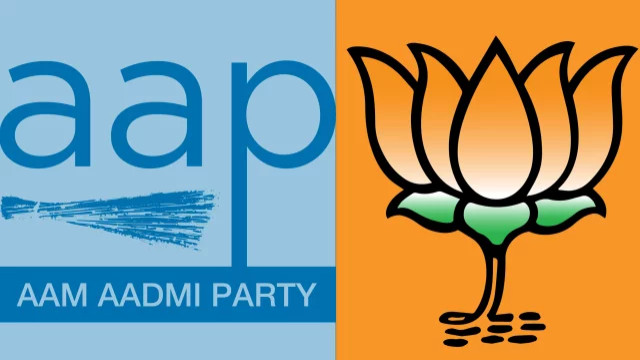

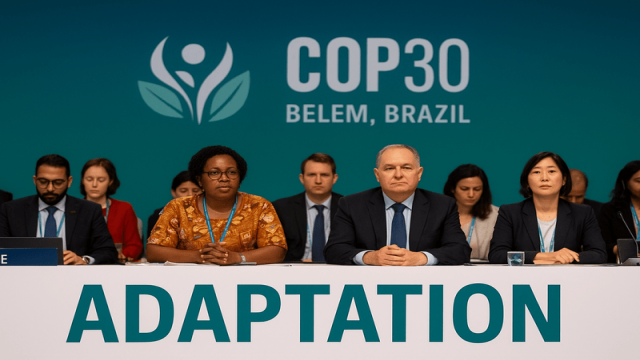
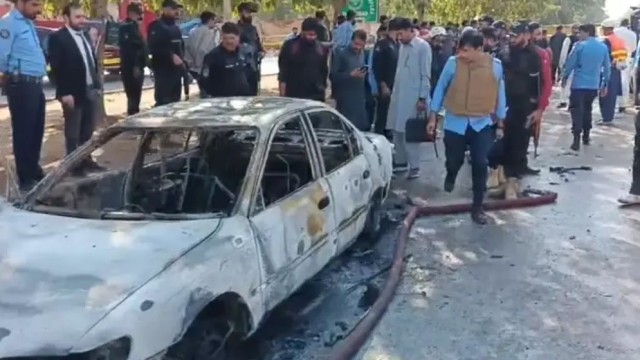

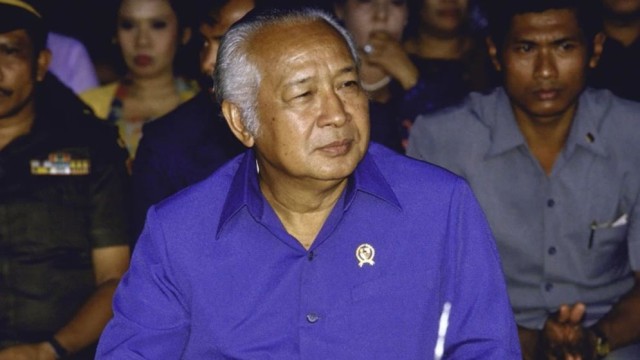
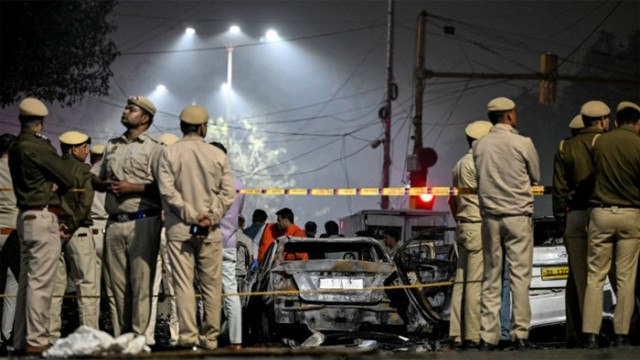

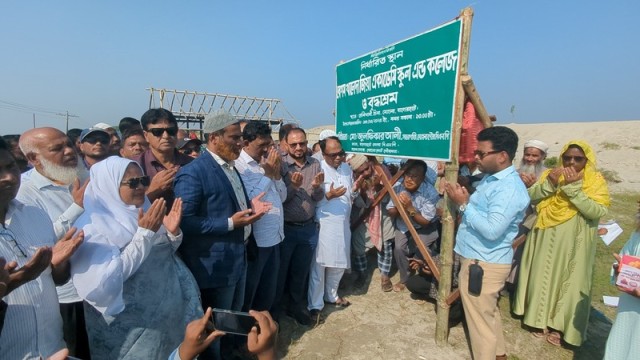
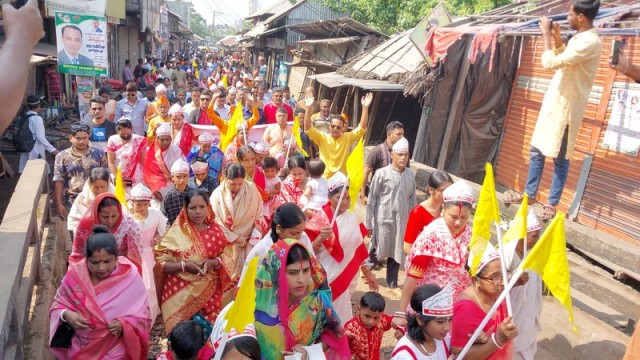

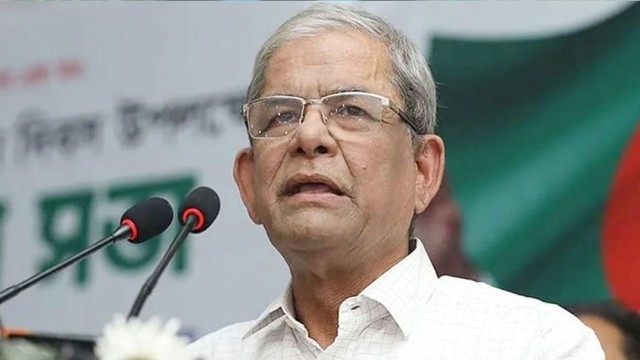
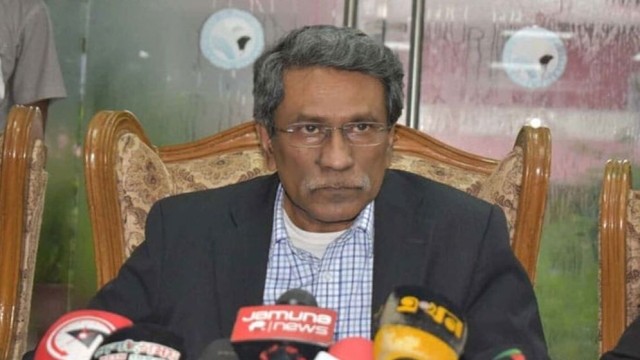


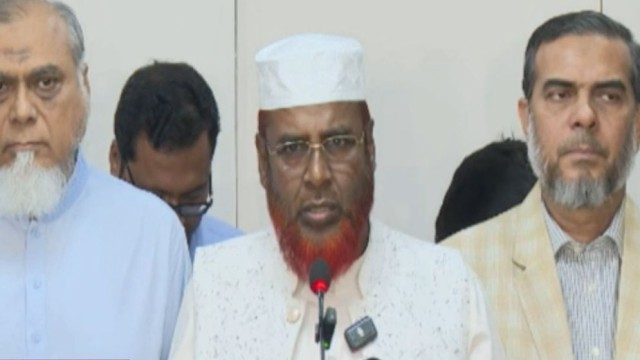
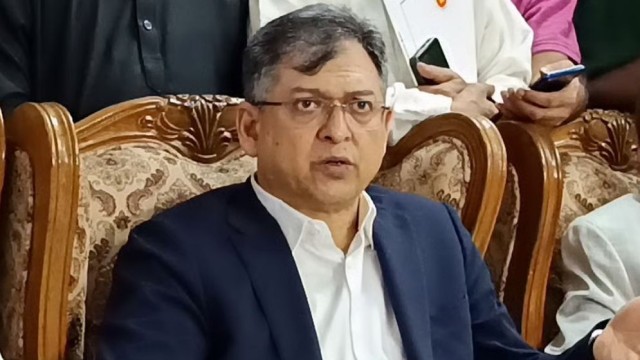


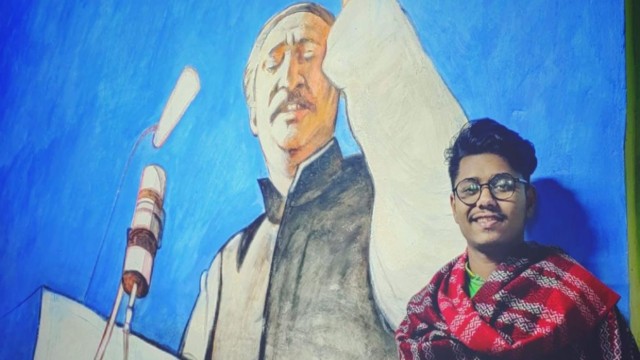
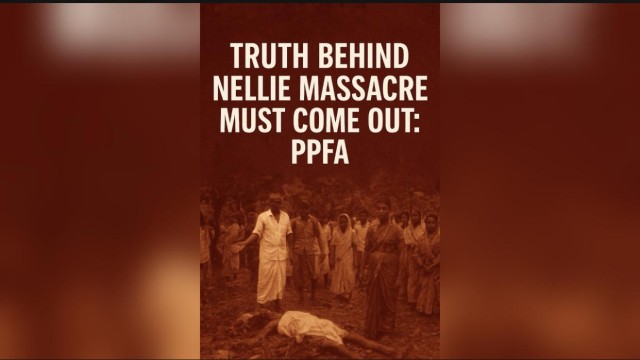





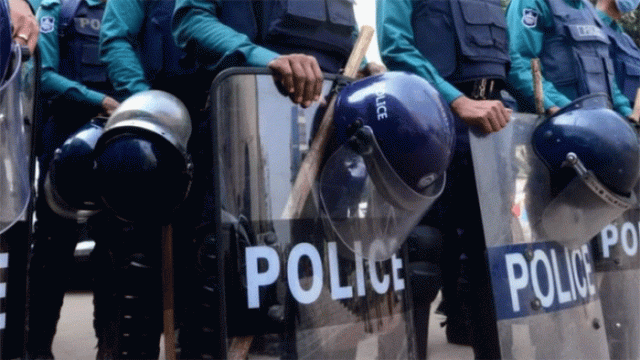
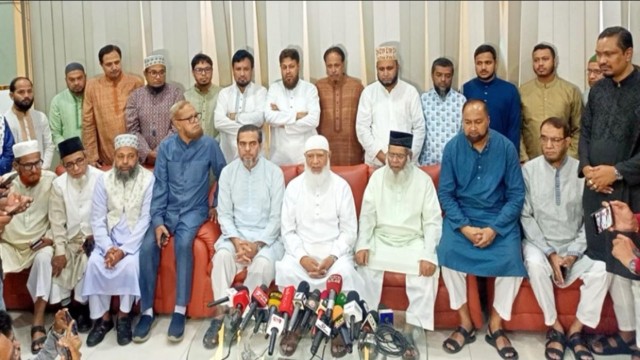
Comment: